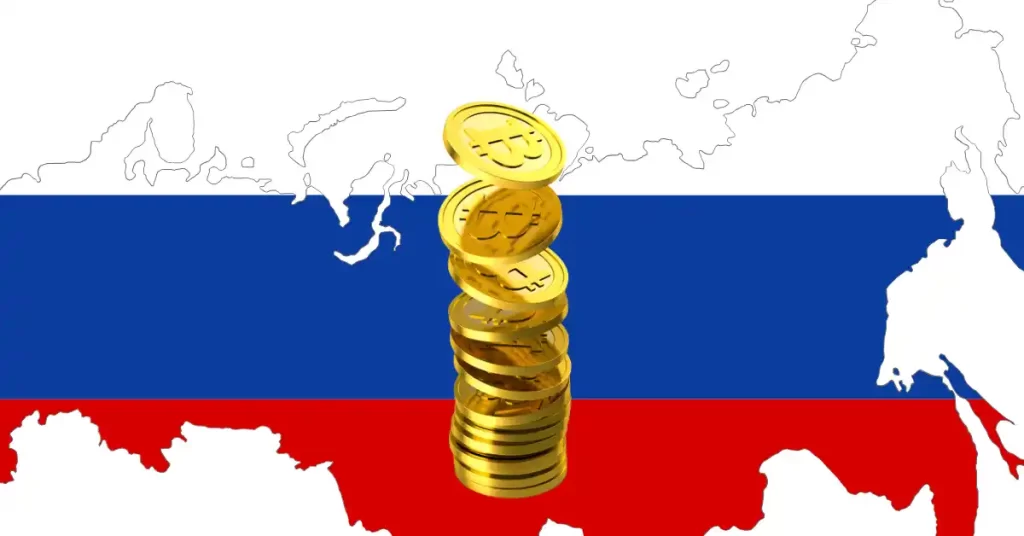Don’t Bore Me with my Original Fake Bored Ape: NFTs Are Art, and My Choice Is Mine
Andy Warhol Holding The Original Fake Bored Ape
The art world has always been a battleground of taste, where innovation clashes with tradition and value is a matter of conviction. Today, non-fungible tokens, or NFTs, digital assets like my cherished The Original Fake Bored Ape, stand at the heart of this dispute.
Critics dismiss NFTs as a speculative fad, devoid of aesthetic or cultural merit, their voices laden with the prejudice of guardians of an outdated canon. Yet, art has never bowed to such dogmatism. If I choose to invest my modest resources or dreams in a primate crafted by an artist, inspired but not official from the Bored Ape collection, that choice is mine alone.
To those who insist on lecturing me about the legitimacy of my collection, spare me. NFTs are art, their value is real, and the only thing more tiresome than this debate is the elitism that fuels it.
The Art of Redefinition
The history of art is a chronicle of ruptures, where visionaries redefine what is beautiful or meaningful by defying conventions. In the 19th century, the Impressionists faced scorn for their vibrant brushstrokes, deemed unworthy by Parisian salons.
Decades later, Andy Warhol transformed Campbell’s soup cans into cultural icons, questioning the boundary between consumption and art. Marcel Duchamp was bolder still, with his 1917 urinal, “Fountain,” which elevated artistic intent above the physical medium.
NFTs, like my The Original Fake Bored Ape, crafted by an artist as a conscious provocation to the Bored Ape Yacht Club collection, follow this rebellious tradition.
Stamped with the Primate Pop symbol, a badge of pop art irreverence, it is an object authenticated by the blockchain, its transparency surpassing that of any physical canvas.
To reject it as “non-art” is to ignore that the essence of art lies in the dialogue it sparks, not in its submission to obsolete dogmas.
The Alchemy of Value
The value of art has never been measured by its utility but by its capacity to captivate, provoke, or signify. Consider the astronomical prices of physical works: “Salvator Mundi,” by Leonardo da Vinci, sold for 450.3 million dollars at Christie’s in 2017, driven by its rarity and historical aura.
“Interchange,” by Willem de Kooning, fetched 300 million dollars in a private sale in 2015, while “Untitled,” by Jean-Michel Basquiat, reached 110.5 million dollars in 2017. These values reflect not objective metrics but the subjective desires of collectors and cultural discourses.
A Picasso is not worth millions for its paint but because someone believes in its meaning. The same applies to NFTs. My Original Fake Bored Ape, with its intentional design crafted by an artist, stamped with the Primate Pop symbol, carries a value that transcends its code: it is a cultural artifact, a provocation to authenticity.
Critics who ridicule such purchases forget that art markets have always been speculative, from the Impressionists, whose works, like Monet’s “Water Lilies,” now fetch tens of millions. Value is a story we tell, and NFTs are writing a new chapter.
The Original Fake Bored ApeA Personal Rebellion
The cover image of this article encapsulates my stance: Andy Warhol, the maestro of pop, holding a pop art rendition of The Original Fake Bored Ape, with hues that echo his irreverent genius.
This image is a manifesto of my right to define art on my own terms. I may not have the fortune of a Sotheby’s bidder. Still, I claim the freedom to collect what speaks to me, be it The Original Fake Bored Ape or a CryptoPunk, each stamped with a pop symbol, an icon of provocation that celebrates the tension between originality and falsity.
The blockchain ensures my ownership is indisputable, a modern echo of the provenance that once authenticated a Rembrandt.
Collecting an NFT is planting a flag in a cultural revolution, where curators no longer dictate taste but are guided by the collective will of creators and enthusiasts.
The End of Elitism
The rancor against NFTs reveals a deeper anxiety: the loss of control over cultural narratives. By decentralizing the creation and ownership of art, NFTs challenge the institutions that decide what is worthy of admiration.
They invite us to question who defines beauty, value, or permanence. The Original Fake Bored Ape is as legitimate as a Basquiat canvas or a Duchamp readymade, not because it is flawless, but because it resonates with me, with its community, with the spirit of the age.
The gatekeepers of the art world may bristle, but their sermons are as obsolete as a rotary phone. Art is personal, value is subjective, and my wallet, however humble, is mine.
So, spare me the critiques of my Original Fake Bored Ape. What’s in your collection, and why does it matter to you?
The Original Fake Bored Ape is for sale at the floor price of an original Bored Ape, around 7.5 ETH, a brazen challenge to the art market: what is the worth of a work that is, by design, originally fake? I don’t know the answer, but I’m eager to see who dares to bid.
To those who insist on lecturing me about the legitimacy of my collection, spare me. NFTs are art, their value is real, and the only thing more tiresome than this debate is the elitism that fuels it.
Don’t Bore Me with my Original Fake Bored Ape: NFTs Are Art, and My Choice Is Mine was originally published in Coinmonks on Medium, where people are continuing the conversation by highlighting and responding to this story.
You May Also Like

FCA Crypto Regulation: Striking a Balance Between Innovation and Consumer Safety

HYPE Soars Beyond $40 Following Robinhood Listing: What’s Next For Hyperliquid’s Price?
